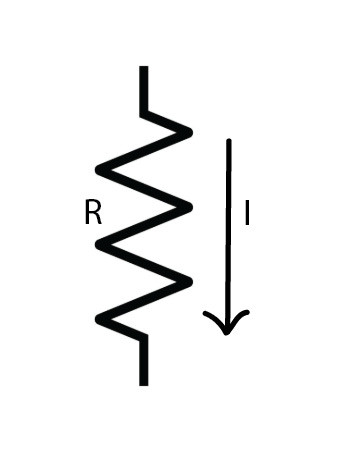Estimating mismatch variance for product or ratio of two quantities in analog IC design
Often you will need to estimate mismatch sigma for quantities like:
V/R current source where V has an inherent mismatch and the buffer opamp adds its own, the resistance will have its own mismatch as well.
IR drop used as a reference voltage to define various biases and thresholds
Estimating mismatch of a degenerated current source: Even after degeneration, you will still have Vth/R term contributing to the mismatch current
In such cases, we want to budget the variances of individual quantities based on a target variance for the product or ratio. As an example, suppose your IR drop is acting as a threshold of 1V and you want only 20mV sigma from mismatches, so now you want to budget how much of this variance comes from I and how much from R since you may be looking to optimize for area and power both. Let’s calculate:
For two independent random variables, X and Y, the variance of the product Z=XY is given as
Here we have ignored the last term since the mismatch variances will be a few % of your mean value and if designing for mismatch, the product of both variances compared to the product of the mean is going to be much smaller than the two terms retained. If Z had been X+Y, the sigma of Z would have been the root of the sum of squares of the sigma of X and Y. When Z is a product, the % sigma follows the same sum rule. For example, if V=IR, I = 10uA with a sigma of 50nA (0.5%) and R = 100k with a sigma of 200 ohms (0.2%), the resulting variance is 0.53% or 5.3mV. But as you can see, the current is contributing to 90% of the variance thanks to squaring operation, so you may want to degrade the matching of the resistor and save some area by reducing it to 50k (Its % mismatch increases by 40% to 0.28%) while improving matching of the current and burning extra power by increasing it to 20uA (Its % mismatch decreases by 30% to 0.35%, assuming its not degenerated). This brings the overall % sigma to 4.7mV. Obviously, this is no improvement but you can see how area and power can be traded off keeping variance in mind. An evil use case is when you need to create some area near the resistance post layout to fit some new creature while you have unnecessary metal options lying around the current mirror placed somewhere else, as long as mismatch is same, no one will know (Obviously you will still pay for the power needed for that extra 10uA from your own pocket in next performance review).
Ratio is more tricky, usually the distribution of a ratio may not even be defined (imagine the mean of the denominator being 0) and even then the maths is not straightforward. However if we are trying to control the mismatch, we know variances are going to be small (<5%) fraction of the mean value, so we can use taylor approximation instead. You can read the full derivation here:
Again, not straightforward why mean of Z should be ratio of means but refer to the paper and remember we’re doing something like small signal analysis of the distribution. In case you agree with this expression, note that it is again the sum rule but applied to % sigma instead of sigma. Hence, This heuristic rule can be used to quickly estimate the matching requirements and backward budgeting of mismatch.
I would be eager to know how you tackle and budget such mismatches!



